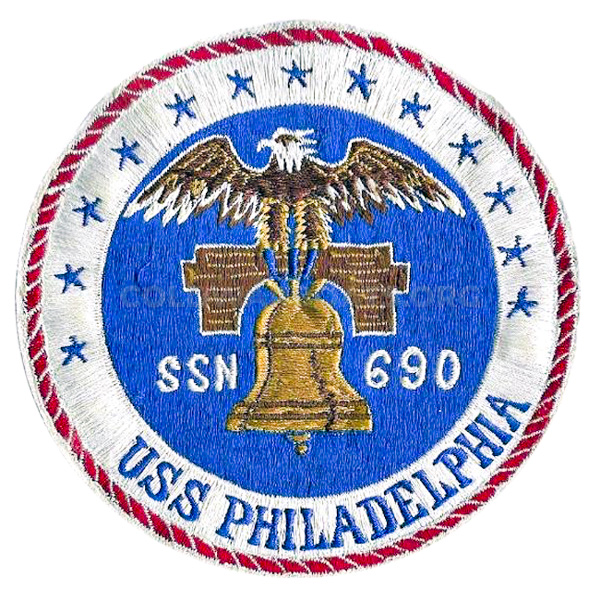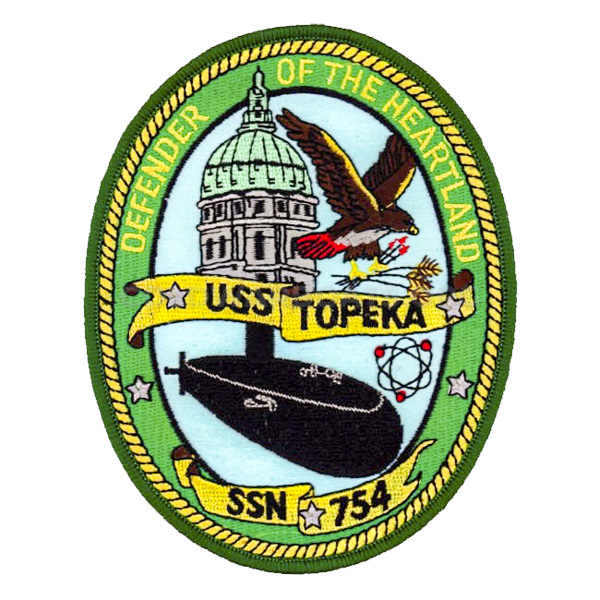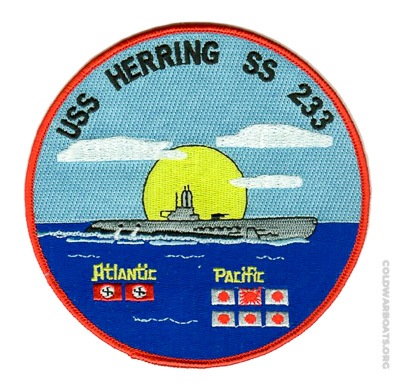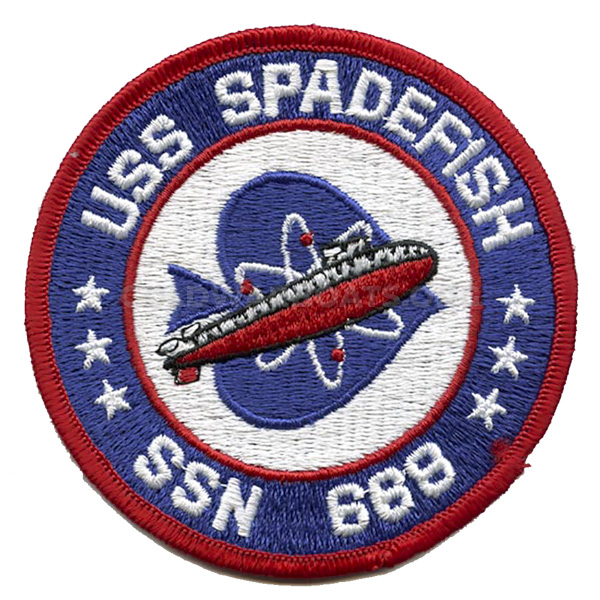Fleet Timeline
To 09 SEP 1981
Our transition was successful and on 4 October 1979, I started my fourth tour in the shipyard, this time as a commanding officer.
As before, the primary responsibility of the crew during the shipyard overhaul was to train, maintain a responsible watch on the commissioned ship and prepare for the nuclear propulsion plant test program and to observe the shipyard test program of the ships auxiliary and electronics systems. Our other key task was to monitor the shipyard work to ensure it was being accomplished in accordance with the strict requirements for submarine maintenance. This was a particularly difficult time for the shipyard due to a heavy load of nuclear work on USS Enterprise (CVN 65) that took many of the highly skilled tradesmen who normally worked on submarines. As a result, there was a less experienced workforce on Bates that was challenging for both the ship and shipyard management teams. This large shipyard workload also contributed to a delay in completion from the planned 15 months to an actual period of 24 months.
The initial overhaul schedule was driven by the major preventative maintenance to recertify the ship’s submarine, safety systems and the hull-integrity envelope. There was also some significant work to be done to the reactor plant systems and additionally, we received a major upgrade to the weapons and sensor systems which ultimately controlled the overhaul duration. One unique modification was the installation of an experimental polymer ejection system to test the ability to increase the ships speed by coating the hull with long chain polymers. The modification included stowage bladders in the ballast tanks, an ejection system of piping and ejectors- including a hull ring and a "shower head-like" ejector on the extreme nose of the ship. I thought that the testing of this system would be fun when we got back to San Diego.
A major challenge when you are in the shipyard is to maintain the focus of the crew to maintain the formality of operations and to conduct their actions with few errors. One of the evolving changes I noted over my four periods in a shipyard was the reduced tolerance for seemingly minor errors during operation and control of the propulsion plant. There were more watchers. Expectations were greater and the tolerance for errors was less. When an error such as an out-of-position valve or a danger tag was improperly applied, the effort to identify why and how to prevent it from occurring again was intense. Therefor, a major, management team challenge was to maintain the crew’s awareness that every action they took must be carefully considered and that there must be no distractions. My crew was sufficiently trained and adequately professional to meet these standards, but it required skillful, preemptive reminders. I always looked for indications of reduced rigor to use as discussion points to keep the crew sharp and aware. We were generally successful, although there were a few "ah Shucks" moments. None that caused the crew to become labeled as troubled or requiring additional oversight.
The nuclear propulsion plant test program was very similar to the previous three that I had participated in so I knew what to expect and tried to prepare the crew. It went well but required long hours and many continuous days of shift work. As with all test programs, it eventually was completed and we prepared for sea trails and an escape from the shipyard environment. Upon completion of the shipyard overhaul our homeport transferred back to San Diego that meant that the household goods and all the families had to move. This occurred at the busy time of sea trails and post-overhaul tests and calibrations in the Puget Sound area.





